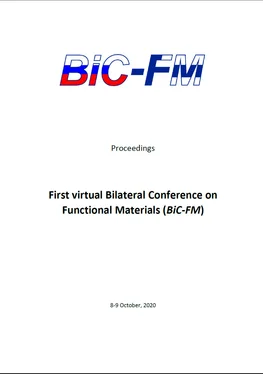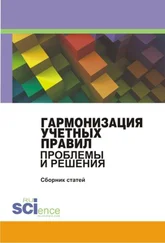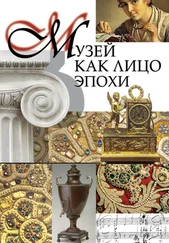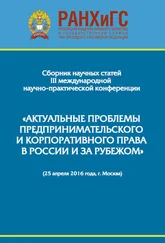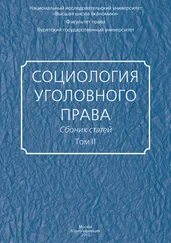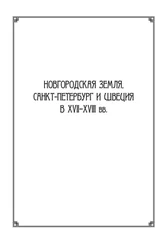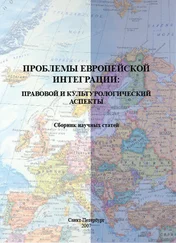References:
[1] Forslund, R. P.; Alexander, C. T.; Abakumov, A. M.; Johnston, K. P.; Stevenson, K. J. “Enhanced Electrocatalytic Activities of Nickel-based Ruddlesden-Popper Catalysts for the Oxidation of Urea and Small Alcohols By Active Site Variation,” ACS Catal. 2019,9(3), 2664–2673.
[2] Forslund, R. P.; Hardin, W. G.; Rong, X; Abakumov, A. M.; Filimonov, D.; Alexander, C. T.; Mefford, J. T.; Iyer, H.; Kolpak, A. M.; Johnston, K. P; Stevenson, K. J. “Exceptional Electrocatalytic Oxygen Evolution Via Tunable Charge Transfer Interactions in La 0.5Sr 1.5Ni 1-xFe xO 4+ δRuddlesden-Popper Oxides,” Nature Comm. 2018,9(1)3150.
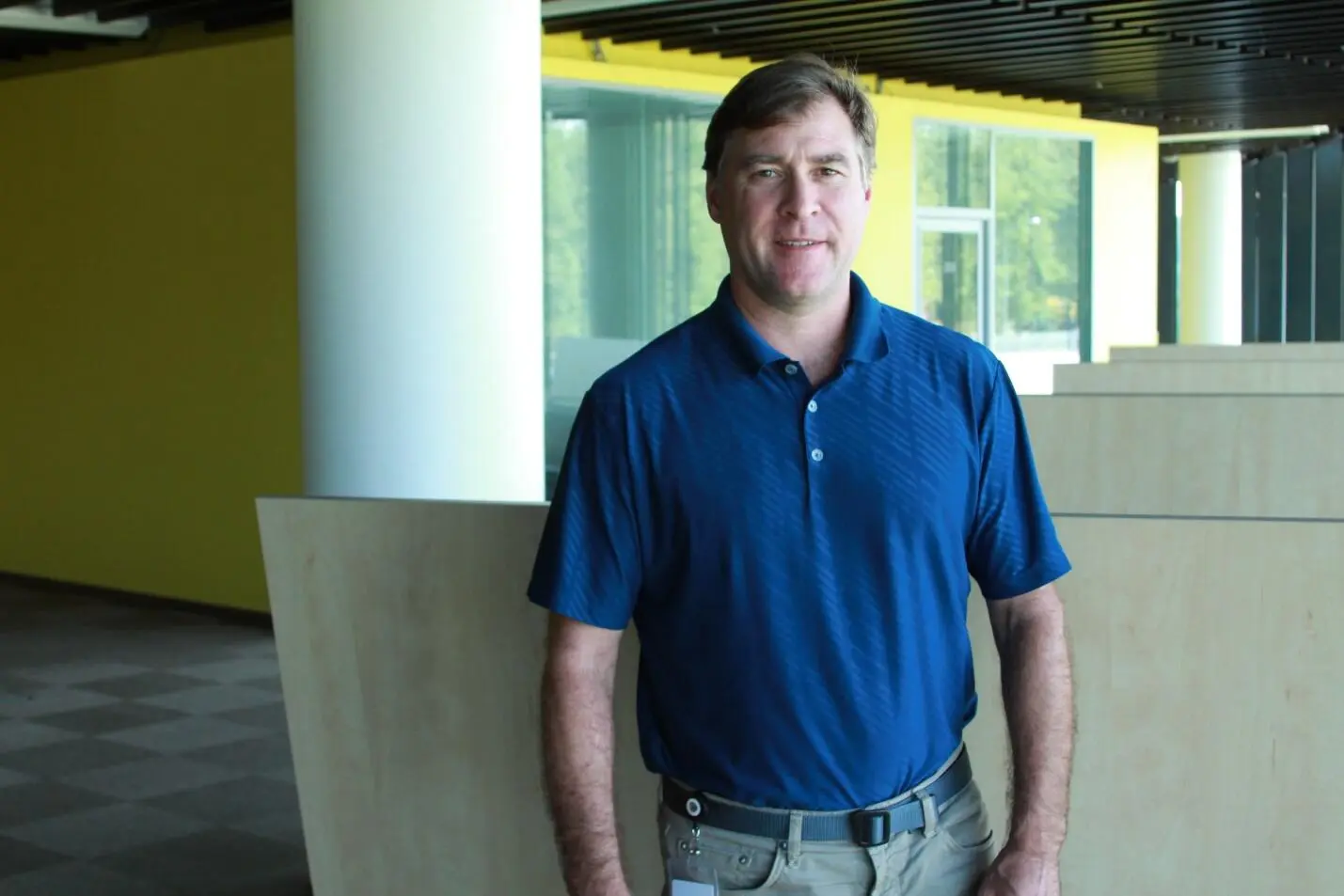
Professor Stevensonis Full Professor and Provost at the Skolkovo Institute for Science and Technology in Moscow, Russia. His interests are aimed at elucidating and controlling chemistry at interfaces vital to many energy storage and energy conversion technologies. He has published over 280 papers, six patents, and six book chapters. He is the founding director of Skoltech’s Center for Energy Science and Technology. In 2019, Skoltech became the youngest university in the world and only university in the Russian Federation to be ranked in top 100 Nature Index of Top Young Universities.
Electrochemical synthesis of copolymers containing porphyrine derivatives and their activity towards CO 2
Sachin Kochrekar, 1,2Ajit Kalekar, 2Shweta Mehta, 3,4Pia Damlin, 2Mikko Salomäki, 2Sari Granroth, 5Niko Meltola, 6Kavita Joshi, 3,4 Carita Kvarnström 2
1Turku University Graduate School (UTUGS) Doctoral Programme in Physical and Chemical Sciences, FI-20014 Turku, Finland
2Turku University Centre for Materials and Surfaces (MatSurf), Department of Chemistry, University of Turku, Vatselankatu 2, FI-20014 Turku, Finland.
3Physical and Materials Chemistry Division, CSIR-National Chemical Laboratory, Pune 411008 India.
4Academy of Scientific and Innovative Research (AcSIR), Ghaziabad-200112, UP, India.
5Laboratory of Materials Science, University of Turku, FI-20014, Turku, Finland.
6ArcDia International Oy Ltd, Lemminkäisenkatu 32, FI-20521-Turku, Finland.
carkva@utu.fi
This study reports the electropolymerization of novel keto functionalized octaethyl metal porphyrins (Zn +2and Ni +2) in presence of 4,4 bipyridine (4,4´ BPy) as bridging nucleophile on FTO surface. The polymer films were characterized by electrochemical, spectroscopic (UV–Vis, XPS, FT-IR and Raman spectroscopy) and microscopic (AFM and SEM) techniques. The absorption and electronic spectra establish the binding of monomer units in the polymer film, retaining most of the spectroscopic properties of the monomer with slight shift and peak broadening. The surface morphology reveals heterogeneous polymerization. Through computational studies, we aim to get insight into the effect of metal center (Zn +2and Ni +2) and presence of the keto group on the porphyrin unit. The first 4,4´ BPy prefers meso position next to β-keto group in ZnOEPK whereas it prefers opposite meso position in NiOEPK further leading to linear and branched orientation with the introduction of second 4,4´ BPy, respectively. The interaction between the polymer films in the absence and presence of CO 2suggests a similar mechanism for both the polymers. The role of the 4,4´ BPy in the polymer unit in association with the activity with CO 2is emphasized.
Acknowledgement.The authors acknowledge the Magnus Ehrnrooth foundation and Business Finland for financial support.

Carita Kvarnström
Professor of Materials Chemistry
Department of Chemistry
University of Turku
Finland
1996 PhD, Åbo Akademi University, Åbo-Turku Finland
1996–2008 Assistant and Associate Professor, Åbo Akademi University, Åbo-Turku Finland
2009- Full Professor in Materials Chemistry University of Turku, Finland
2010–2014 Director for Turku University Centre for Materials and Surfaces
2017–2016 Head of Laboratory of Materials and Chemical Analysis
2017–2019 Head of Department
Honors or Awards
1996 The Alftan prize for meritorious thesis published awarded by The Finnish Chemists Society
1996 The Elvings prize for the best thesis published at the Åbo Akademi University
1997 Representative for Finland at Scientia Europea 2. Organized by Académie des Sciences (French Academy of Sciences) France.
2006 The Pehr Brahe prize for meritorious research work awarded by the Foundation of Åbo Akademi University.
2020 Member of Finnish Academy of Science and Letters
Research Interests
Conjugated polymers, composite materials, graphene and graphene oxide, ionic liquids, CO 2conversion, in situ spectroelectrochemistry, electrochemistry
Publications; 137 peer reviewed international scientific journals, 3 patent applications
Positronium emission from materials for Li-ion batteries
Bernardo Barbiellini 1,2*,Jan Kuriplach 3
1School of Engineering Science, LUT university, Lappeenranta 53851, Finland
2Department of Physics, Northeastern University, Boston, Massachusetts 02115, USA
3Department of Low Temperature Physics, Faculty of Mathematics and Physics, Charles University, V Holešovičkách 2, CZ-180 00 Prague, Czech Republic
bernardo.barbiellini@lut.fi
A positron and an electron annihilate into gamma-ray photons but before this annihilation, the positron and an electron can bind together to form a positronium (Ps). Mono-energetic positron beams can be used to bombard materials and to probe their atomistic properties. In particular, the implanted positron can diffuse back to the surface of a solid and be emitted as Ps with a range of kinetic energies that provides key information regarding the energy levels of the electrons in the material. These energies can be measured by time of flight (TOF) experiments, but the Ps lifetime before annihilation has been too short for precise measurements. Recently, Jones et al. [1], by exciting the emitted Ps with a laser to greatly increase its lifetime, obtained TOF measurements with an ultimate precision of the order of 5 meV that will allow materials simulations in systems pertinent for Li-ion batteries cathodes [2,3].
References:
[1] A. C. L. Jones, H. J. Rutbeck-Goldman, T. H. Hisakado, A. M. Piñeiro, H. W. K. Tom, A. P. Mills, Jr. B. Barbiellini, J. Kuriplach, Phys. Rev. Lett. 117, 216402 (2016)
[2] B. Barbiellini, J. Kuriplach, Journal of Physics: Conf. Series 791, 012016 (2017)
[3] J. Kuriplach, A. Pulkkinen, B. Barbiellini, Condensed Matter 4, 80 (2019)
The role of nitrogen and oxygen in the formation capacity of carbon materials
Evlashin S.A. 1,*, Fedorov F.S. 1, Dyakonov P.V. 1,2, Maksimov Yu.M. 2, Pilevsky A.A. 2, Maslakov K.I. 2, Akhatov I.Sh. 1
1 – Skolkovo Institute of Science and Technology, Moscow, Russia
2 – Lomonosov Moscow State University, Moscow, Russia
s.evlashin@skoltech.ru
Carbon materials are attracting increasing attention as a material for supercapcitor fabrication due to availability and high specific surface area. However, the initial capacitance of raw carbon is quite low, so the N and O heteroatoms are introduced in order to increase their specific capacitance. Despite the vast amount of studies on carbon materials, a lot of grey areas in mechanisms that lead to the increase in the specific capacitance remain. We demonstrate an effective method for modification of the surface of Carbon NanoWalls (CNWs) using DC plasma in atmospheres of O 2, N 2, and their mixture. Processing in the plasma leads to the incorporation of ∼4 atom % nitrogen and ∼10 atom % oxygen atoms. Electrochemical measurements reveal that CNWs functionalized with oxygen groups are characterized by higher capacitance. The specific capacitance for samples with oxygen reaches 8.9 F cm -3at a scan rate of 20 mV s -1. In contrast, the nitrogen-doped samples demonstrate a specific capacitance of 4.4 F cm -3at the same scan rate. The mechanism of heteroatom incorporation into the carbon lattice is explained using density functional theory calculations.
Читать дальше
